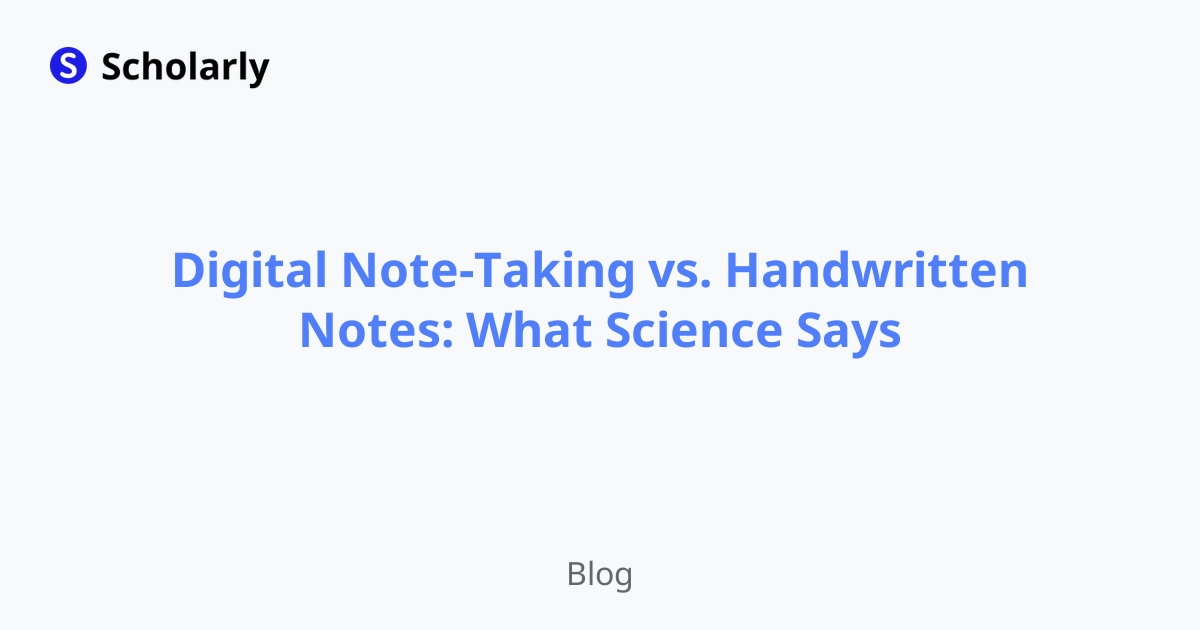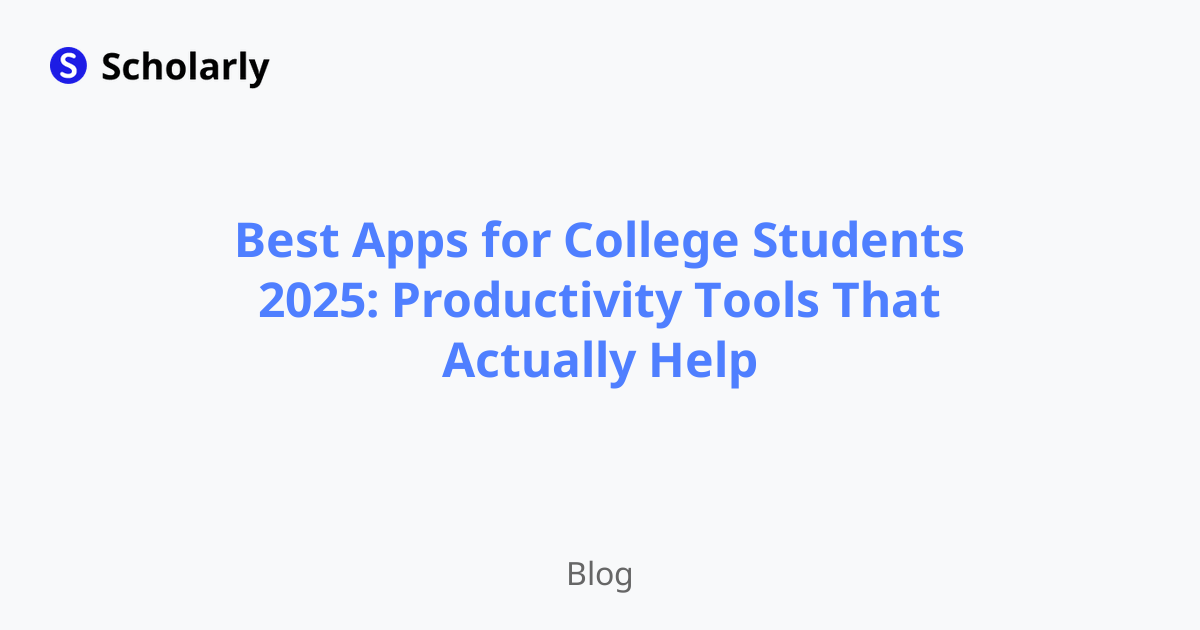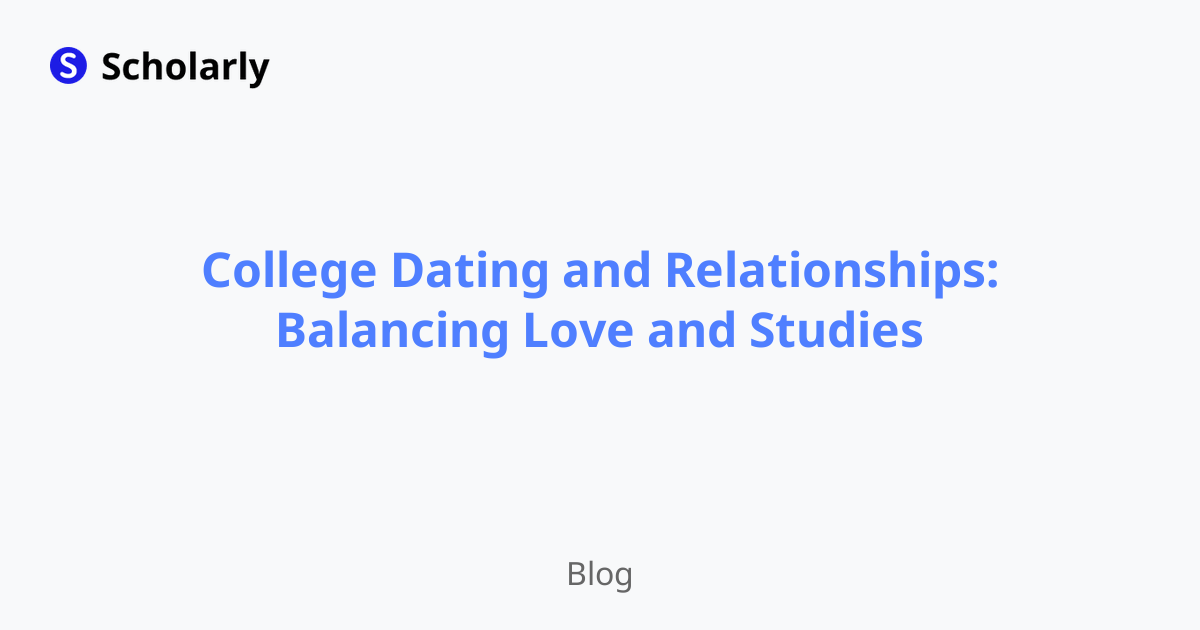Digital Note-Taking vs. Handwritten Notes: What Science Says
Discover what research reveals about digital versus handwritten notes. Learn when to use each method for optimal learning and retention.

Introduction
The debate between digital and handwritten note-taking has intensified as technology becomes ubiquitous in education. Research provides clear insights into when each method excels, debunking myths and revealing the cognitive science behind effective note-taking. This guide examines the evidence to help you choose the right method for different situations.
Methods
1. The Comprehension Advantage
Research Finding: Handwritten notes typically produce better comprehension and retention. Why:
- Slower writing forces selection and summarization
- Motor memory strengthens recall
- Less opportunity for verbatim transcription
- Increased cognitive processing during writing
When to Use Handwriting:
- Complex conceptual material
- Mathematics and equations
- First-time learning of difficult concepts
- Exam preparation and review
2. The Speed and Organization Advantage
Digital Benefits:
- Faster typing for most people (250+ wpm vs 20-30 wpm handwriting)
- Superior organization and search capabilities
- Easy editing and rearrangement
- Multimedia integration (images, audio, links)
When to Use Digital:
- Fast-paced lectures with high information density
- Courses requiring extensive research and citation
- Group projects requiring sharing and collaboration
- Technical subjects with code or complex formatting
3. Hybrid Approaches
Best of Both Worlds:
- Take handwritten notes during lectures
- Transfer key concepts to digital format for organization
- Use tablets with stylus for handwritten digital notes
- Combine voice recording with handwritten notes
Benefits
Handwritten Notes:
- Better comprehension and retention
- Improved focus and reduced distractions
- Enhanced creativity and idea connection
- Better memory recall during exams
Digital Notes:
- Superior organization and searchability
- Easy sharing and collaboration
- Multimedia integration capabilities
- Backup and synchronization across devices
Conclusion
The research is clear: handwritten notes generally produce better learning outcomes, while digital notes excel at organization and collaboration. The optimal approach often combines both methods, using handwriting for initial learning and digital tools for organization and review.
Try Our Popular AI Study Tools
Transform your study materials into interactive learning experiences with our most popular AI-powered tools:
PDF to Flashcards
Convert lecture notes and textbooks into study flashcards instantly
Text to Flashcards
Turn any text or notes into comprehensive flashcard sets
Image to Flashcards
Convert diagrams and handwritten notes into digital flashcards
YouTube to Flashcards
Generate flashcards from educational video content



